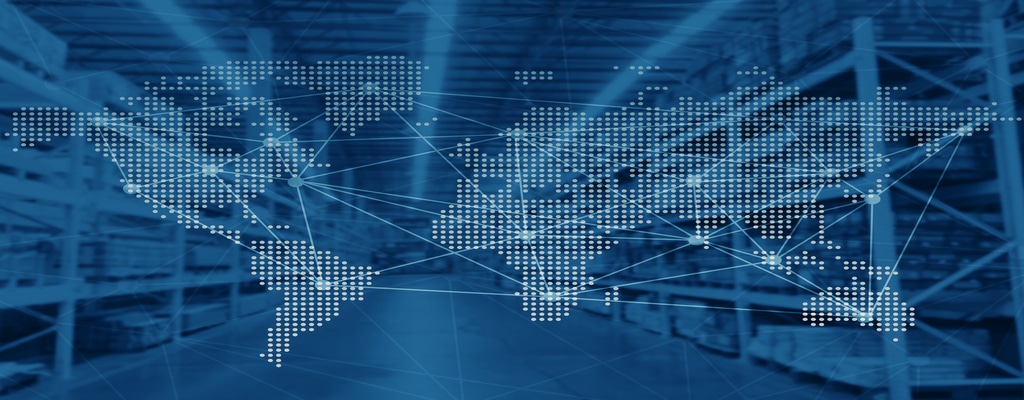Over the past decade, there has been a boom in the reverse logistics industry as companies and solutions have evolved to focus on managing the complex nature of consumer returns. From retail returns, online returns, channel partner returns to bulk returns, the nature of how to handle returns for retailers, OEMs, and distributors is very different than managing product manufacturing and forward logistics most often associated with supply chain.
There are many variables that come into play for product returns, with each return being unique. For example,
- Who has the responsibility for the consumer (retail store, manufacturer, or in the case of telecom the carrier)?
- Is the product under warranty or extended service program?
- Is there an exchange or repair option?
- Is there evidence of physical or other abuse which voids the warranty?
- Is there a manufacturing defect or recall?
- Is there personal content stored on the returned deviced that must be removed?
- Is there appropriate inventory to support exchanges, part replacements, etc.?
Several companies have built successful businesses for managing these complexities, offering tailored solutions for their clients that greatly reduce the overall cost of processing returns. However, the focus for some of these companies is shifting from actually just managing returns to preventing returns. Several discussions at the Reverse Logistics Conference and Expo in Las Vegas last week centered on returns prevention as stakeholders are taking a deeper look at stopping returns at the point of service through better consumer education, improved product design, online self-support, and failure validation tools.
It may seem counter-intuitive for an industry that built itself around managing returns to now be building and embracing tools and processes that actually reduce returns. But, this is a reflection of the industry’s goal of being good overall solution partners to their clients by further reducing returns costs, embracing the “green initiative” to reduce landfill clutter, and most importantly, basic survival instincts. The days of un-vetted product returns for consumers are waning; and companies that derive revenue only from processing returned items must adapt their strategies and be on the forefront of returns prevention in order to remain viable.
By collaborating with their clients on integrated solutions and technology tools to help qualify, support, and validate returns at the initial customer touch point, reverse logistics organizations can continue growing by participating in the overall customer experience through the entire after-market support process.





